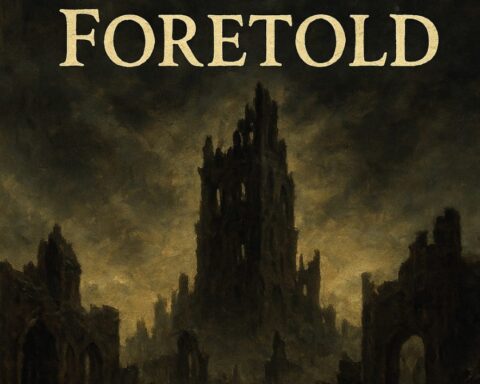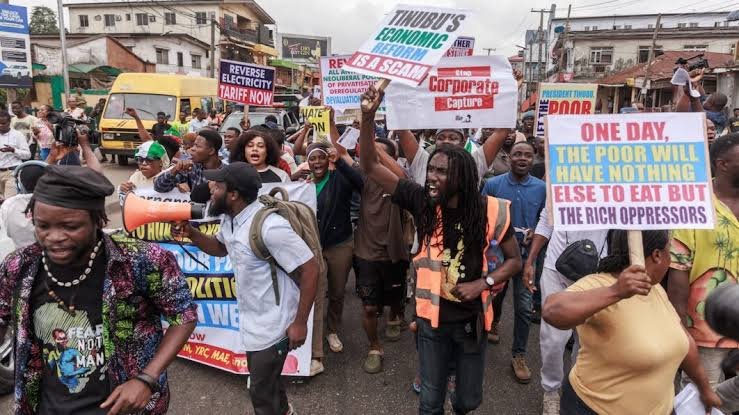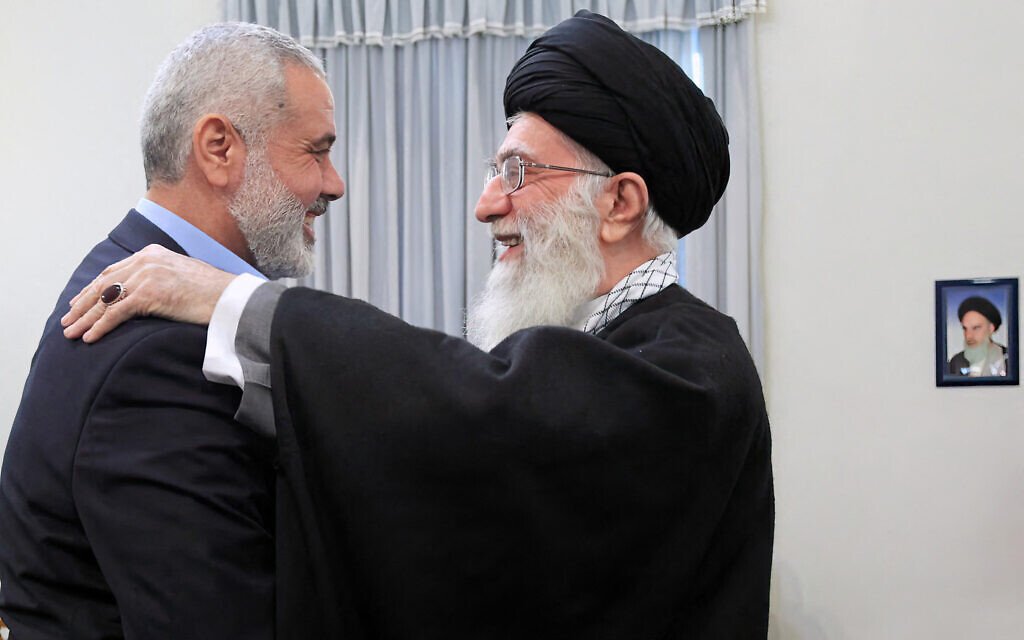By Emmanuel Gandu
HIGHLIGHTS
• Introduction
• The pioneers
• Advent of Nollywood
• Government intervention
• Commercial outlets for Nollywood films
• Cash inflow to Nollywood
• Economic benefits to Nigeria
• Why Nollywood is a success.
• Top rated Nollywood movies af all times.
• Top movie producers in contemporary Nigeria
• Mel Gibson’s ‘Passion of the Christ’
• Why ‘Passion of the Christ’ the greatest story ever told
INTRODUCTION
Often referred to informally as Nollywood, it’s the Nigerian film industry. Nollywood history dates back to as early as the late 19th century and into the colonial era in the early 20th century.
The name ‘Nollywood’ was coined by an American Newspaper, and first appeared in its headline of ‘The New York Times’ in 2002.
Nollywood is the world’s 3rd largest film making industry in terms of output and revenur after the American Hollywood and the Indian Bollywood.
Nollywood includes films in English, Yoruba, Igbo, Hausa, and other Nigerian languages.
The industry produces about 2,500 films per year. It had an annual revenue of $ 600 million in mid 2010
THE PIONEERS
The Nigerian filmmaking industry was pioneered by legends like :
1. Ola Balogun.
2. Adeyemi Afolayan
3. Francis Oladele
4. Hubert Ogunde
5. Moses Olaiya
6. Isola Ogunshola
7. Ladi Ladebo
8. Jab Adu
9. Eddie Ugbomah and a few others. This was after independence in the 1960’s through the Yoruba travelling theater.
During that period, the plots were highly dramatized, touching on themes like culture and folklore, religion, witchcraft, and the supernatural.
ADVENT OF THE NOLLYWOOD PERIOD
The Nollywood period actually began in 1992 with the advent of Videotapes and Video Home Systems (VHS) beginning mostly through the production of ‘Living in Bondage.’
As the flourishing time went by, it was followed by a vibrant and contemporary ‘New Nollywood’ directors such as Kunle Afolayan, Kemi Adetiba and Tunde Kelani who led others (as you would see later) to improve the quality of Nigerian films and cinema in the 2010’s up to the 2020’s. Surely, the Yoruba’s are leading the pace in Nigerian film production, as they struggled with challenges of funding in order to meet world production standards.
NIGERIAN GOVERNMENT INTERVENTION
Film production is capital intensive, and funding the industry is a costly venture. It often becomes a difficult, costly, and lengthy process for Nollywood producers.
However, support from successive Nigerian governments had brought the necessary respite to the industry in the following ways :
(1) In 1972 the Indigenization Decree issued by the government of General Yakubu Gowon demanded the transfer of ownership of about a total of 300 film theaters from their foreign owners to Nigerians. This resulted to more Nigerians playing active roles in cinema, films, and the control of the accrued resources.
(2) (a) President Goodluck Ebele Jonathan launched a # 30 billion (US $200 million) “Creative and Entertainment Industry” Intervention Fund financed by the Bank of Industry (BOI).
(b) In 2013 another Jonathan’s administration grant of # 3 billion went to Nollywood.
(c) In 2015 another of Jonathan government intervention through the Bank of Industry launched a “Nollywood Fund” as loans to film producers.
(3) In 2023 President Muhammadu Buhari signed a new copyright bill aimed at cracking down on piracy and protecting intellectual property rights in the digital space.
COMMERCIAL OUTLETS FOR NOLLYWOOD FILMS
Streaming has made Nollywood movies much more accessible. From the 2000’s to date, thousands of Nigerian films have been streamed through YouTube, iRokotv, Netflix, Amazon, Satelite and Cable television channels.
Besides, events and film festivals such as the African International Film Festival, African Magic Viewers’ Choice Awards, Cimema Movies Academy Awards, Africa Movie Academy Awards, Best of Nollywood Awards, Nollywood Movies Awards.
All these have helped increase global visibility of Nollywood.
CASH INFLOW TO NOLLYWOOD AND ECONOMIC BENEFITS TO NIGERIA
According to the “Filmmakers Cooperative of Nigeria”, every film in Nigeria had a potential audience of 15 million people in Nigeria and about 5 million outside Nigeria. In no time the industry became the 3rd largest producer of films in the world after Hollywood and Bollywood.
With just about US $ 250 million, Nollywood regardless became a major employer in Nigeria.
As of 2007, with a total number of 6’841 registered video parlours and an estimated 500,000 unregistered ones, the revenue generated by sales and rentals of movies in Lagos state alone was estimated to be # 804 million (US $5 million) per week, which adds up to an estimated #33.5 million revenue for Lagos state per annum.
The film industry in Nigeria therefore generated an estimated #522 billion per annum.
By the end of 2013, the Nollywood film industry in Nigeria reportedly hit a record breaking revenue of #1.72 trillion (US $11 billion), contributing about 1.4% to Nigeria’s economy by 2014.
Nollywood, Nigeria’s filmmaking sector has succeeded both financially and in establishing Africa’s first film product to win continental viewers and global audiences, potentially expanding the sphere for investment in the industry.
In 2024, Nollywood outsold Hollywood films in Nigeria, while extending its reach to all corners of the globe. This was further made possible by the corps of hurstling young Nigerian filmmakers who seized a shift in how audiences watched movies and created a revolution in Africa’s entertainment sector.
According to ‘Creative Exhitors Association of Nigeria’, Nollywood captured 50.05% of box office revenue during the first half of 2024. From January to June 2024, box office for Nigerian films was 34% higher than same period in 2023. The association anticipated a 40% year-on-year growth after 2024, as more local and international investment into Nigeria’s film sector continue to make the country and Nollywood an investment destination.
In a November 2024 report released by the Nigerian Entertainment Conference ( NECLive), Nollywood has moved from the production and distribution of 1,800 films worth $5.1 billion in 2013 to 2,500 films worth $6.4 billion.
The industry, according to Nollywood is projected to reach an estimated $14.82 billion revenue in 2025.
WHY NOLLYWOOD IS A SUCCESS
1. Nigerian-made movies are outselling Hollywood films at African Cinema box offices since 2023/24.
2. Nigeria has relatively few theaters, so Nollywood looks to streaming services and new film delivery technologies. This gives them a wider and diversed audience thereby earning more revenue.
3. Nollywood films are characterised by well-directed character-driven stories with strong narratives about African situations and peoples, set against authentic African backgrounds, and played by talented African actors – all creating a product that is popular throughout sub-saharan Africa.
4. Nollywood’s inclusivity is evident in its linguistic diversity with three major sub-industries : Yorubawood (Yoruba speaking), Igbowood (Igbo speaking), and Kannywood (Hausa speaking). Each sub-industry brings unique cultural narratives and styles, enriching Nigeria’s cinematic landscape.
TOP RATED NOLLYWOOD MOVIES OF ALL TIMES
1. Igodo – 1999
2. Confusion Na Wa – 2013
3. King of Boys – 2018
4. Living in Bondage – 1992
5. The Bling Lagosians – 2019
6. Isoken – 2017
7. The Figurine – 2009
8. Rattle Snake – 1995
9. Lionheart – 2018
10. October 1 – 2014
11. Fifty – 2015
12. Phone Swap – 2012
13. Vuga – 2000
14. Oracle – 1998
15. Osuofia in London – 2003
16. 93 Days – 2016
17. 76 – 2016
18. The wedding party – 2016
19. Sista – 2022
20. Brotherhood – 2022
21. Gangs of Lagos – 2023
Others include King of peace, Beast of two worlds, Jagun Jagun, Malaika, Anikulapo, Ijogbon, Ijakumo, The King’s Horseman.
TOP MOVIE PRODUCERS IN CONTEMPORARY NIGERIA
1. Toyin Abraham
2. Kunle Afolayan
3. Mo Abudu
4. Toka Mubaror
5. Muyiwa Ademola
6. Tope Oshin
7. Tunde Kelani
8. Ayo Makun
9. Jadesola Osiberu
10. Charles Okpaleke
11. Bolanle Austin Peters
12. Obi Emelonye
13. Niyi Akinolayan
14. Tosin Coper
15. Kemi Adetiba
16. Tolabu Udensi
17. Genevieve Nnaji
18. Tade Ogidan
19. Jade Osiberu
MEL GIBSON’S ‘PASSION OF THE CHRIST’
Film making is such a lucrative venture that the script writers, producers, directors, actors, Television and media outlets, allied professionals, tourism and the entertainment industry, revenue/tax collection etc, make so much money as they smile to the bank.
Suffice it to say that the entertainment industry is not just a gold mine but is already becoming a big replacement for oil as source of income and revenue for advanced countries.
Interestingly, religious films are increasingly becoming varitable tools and avenues for providing a market of ideas for the producers, actors, and others in the industry to showcase their own talents.
If “The Lord of the Rings” series is anything to go by, and if it made box office gross record, surely, you must have since found out that the “The Passion of the Christ” surpassed that achievement in record time. They have succeeded in churning out films and movies that have kept viewers glued to the screen.
It’s even becoming more convenient to patronize these films and movies not necessarily through the conventional cinema/theater or desktop but from the laptop, palm top, especially with the aid of the social media including WhatsApp, Facebook, Instagram, Twitter, and YouTube of the 21st. century internet revolution.
MEL GIBSON
He produced and directed ‘The Passion of the Christ’ film which was released on Ash Wednesday of 2004.
He is a world acclaimed American actor, singer, film director, producer, and screenwriter.
He is currently working on the sequel to the Passion, ie part II.
JIM CAVIEZEL
He acted Jesus in the greatest story ever told.
One of the best actors of our time, Jim Caviezel had audience with three Popes – John Paul II, Benedict XVI, and Francis.
WHY IS ‘THE PASSION OF THE CHRIST’ THE GREATEST STORY EVER TOLD ?
(1) Mel Gibson and Jim Caviezel have severally met Pope John Paul II, Pope Benedict XVI, and Pope Francis.
(2) This film engulfed the world like wild fire, swept like in a tsunami, and infected like a pandemic so much so that the viewership cut across religious divide.
In Egypt it ranked among the top 20 in 2004.
(3) The film received many world acclaimed awards and nominations :
+ Academy Award
+ People’s Choice Awards
+ EMMA Awards
+ Hollywood Film festival Awards
+ MTV Movie Awards
+ GMA Dove Awards
+ GEA Best foreign language film
+ AFI top 10
(4) This film remains the highest – gross – R – rated film of all time, and of course the highest – grossing Christian film of all time.
(5) This film costs $45 million to produce and market.
It grossed well over $612 million and became the 7th highest domestically in the US at just the end of it’s theatrical run (premier)
(6) The film is highly praised for its quality of cinematography, performance, graphic violence, originality, professionalism in delivery, and captivating scenes that holds the viewer spellbound to the end.
(7) There were two faith conversions, or better still, a religious epiphany of the crew and cast :
(a) Luca Lionello the actor who played Judas was an atheist, but was moved to ask for confession, he baptized his children, sanctified his marriage, and came back to the Church.
(b) Abel Jafri, a French Tuareg of Algerian origin who was a Muslim converted to Catholicism. He was one of the actors in the film. He acted as one of the Temple guards who was in charge of arresting and torturing Jesus (Jim Caviezel) gave Jesus the beating of his life. He converted to Christianity because he was overwhelmed by the power and experiences of the film.
(8) Mel Gibson, the director is said to have made so much money from the proceeds of this film that even if he were to never again make another film would keep him and his children secure for the rest of their lives.
(9) Jim Caviezel (Jesus) had very unpleasant and life threatening experience during and after the shooting :
(a) Was struck by lightning while up on the cross at the top of a hill.
(b) He dislocated a shoulder.
(c) He lost 45 pounds of his body weight.
(d) Was afflicted with lung infection.
(e) Had prolonged hypothermia.
(f) Had to carry a 150 pounds wooden cross for the duration of the filming.
(g) Suffered Pneumonia due to the exposure to the winter cold.
(h) Had mouth injuries.
(i) Had skin infection as a result of the various chemicals from the make-up
(j) Had to learn to speak Aramaic.
IS THERE PART II OF THIS FILM ?
Yes but not yet. Part II of ‘The Passion of the Christ’ has no release date yet. Titled ‘The Resurrection of the Christ’ is expected to be filmed in Aramaic, Hebrew, and Latin and is set to begin production in August 2025.
Peace 🙏
Follow us on all social media platforms @dailyquery for news and analyses around the globe.



























